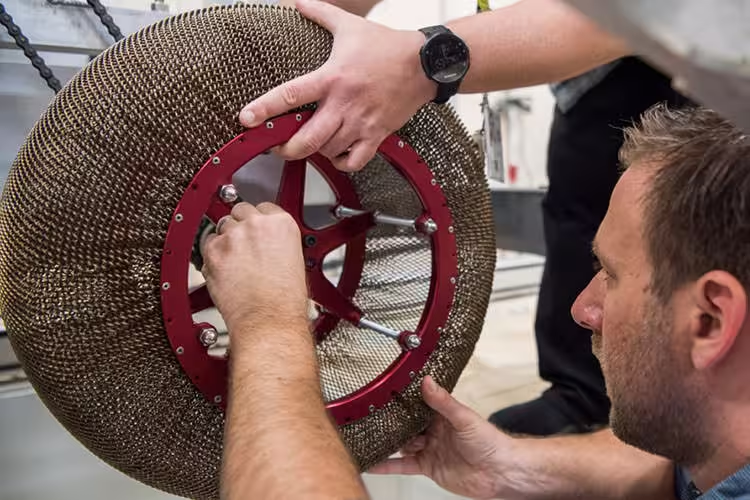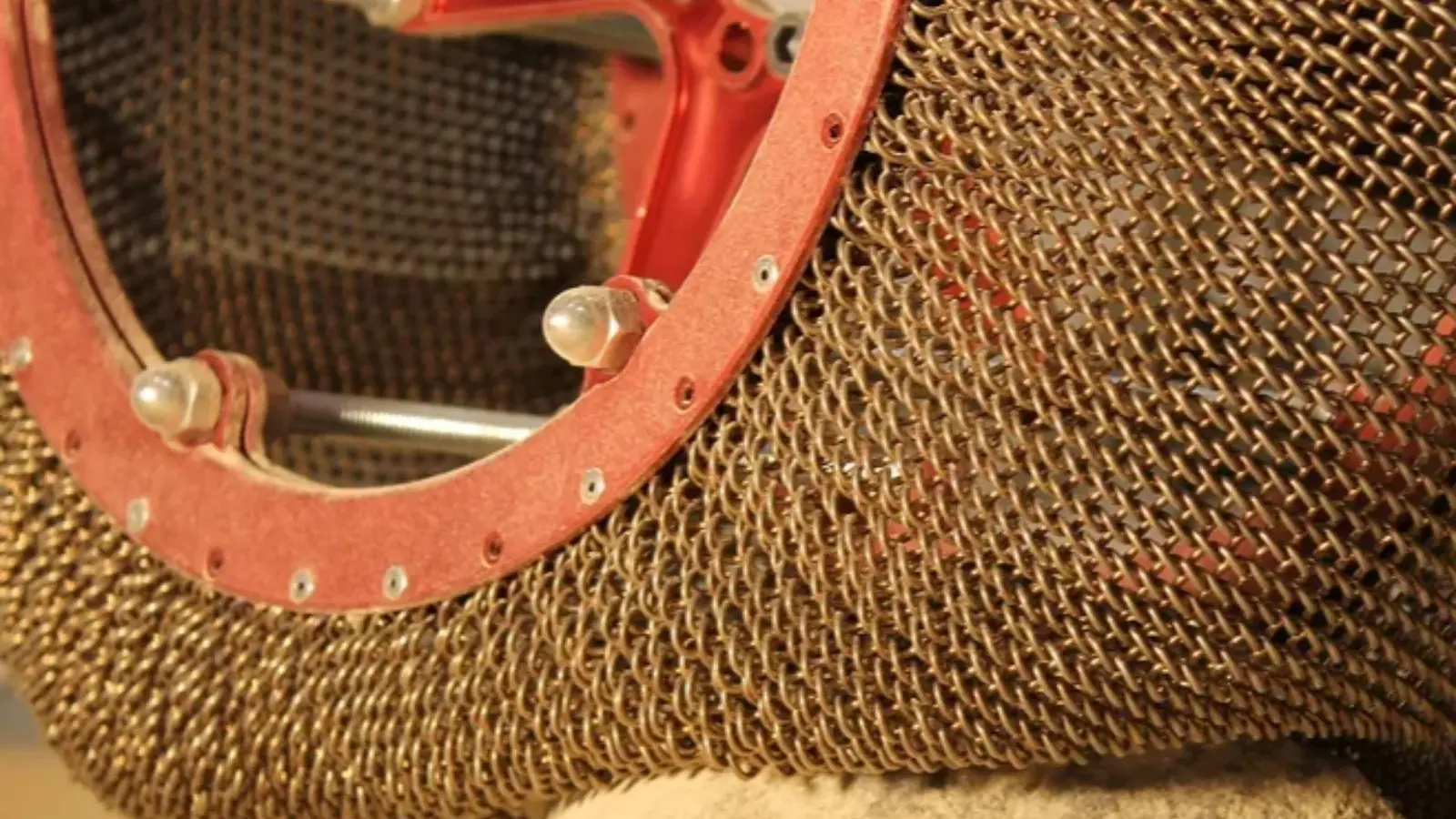3 Minutes
NASA's rover tires could end flats for drivers
Engineers at NASA, working with the private SMART Tire Company, are adapting the Superelastic tires used on the Curiosity rover for everyday passenger cars. Unlike conventional pneumatic tires, these Superelastic designs use shape-memory alloys instead of air, which makes them effectively immune to punctures — a potential game-changer for motorists and the tire industry.
What is Superelastic technology?
Superelastic tires are built from advanced, shape-memory metal alloys that flex and then return to their original form after bending, stretching, or exposure to temperature changes. That means no inner air chamber and no conventional flats. NASA has used variations of this technology for decades in space applications; now, Hyundai, Kia and SMART Tire are testing road-ready versions for modern vehicles.
Highlights:
- Puncture-resistant design — eliminates traditional flat tires
- No air pressure management or spare needed
- Uses shape-memory alloys (SMAs) for elastic recovery
"Imagine driving over a nail or sharp debris and not having to pull over," says an industry engineer familiar with the project. For drivers, that could translate to fewer roadside emergencies and lower maintenance anxiety.

Market context and pricing
Today the average passenger tire costs roughly $100, while high-performance tires can approach $1,000 each. Early Superelastic alloy tires will likely carry a premium when they hit the consumer market because they introduce a new material and manufacturing process to mainstream automotive production. But for buyers who value convenience and safety, the higher upfront cost could be offset by longer service life and reduced roadside repair expenses.
Challenges remain: scaling production, long-term wear on highways, ride comfort tuning, and integration with existing wheel and suspension systems. Automakers like Hyundai and Kia are collaborating on development and testing, which could accelerate validation and regulatory approval.
Why car enthusiasts should pay attention
Beyond practical benefits, Superelastic tires may shift how manufacturers think about vehicle packaging — fewer spare tire bays, new damping strategies, and different performance trade-offs for sports and electric vehicles. For the automotive industry, this is both a safety upgrade and an opportunity to rethink tire design.
Whether Superelastic tires become standard depends on cost, durability, and buyer acceptance, but the prospect of truly puncture-proof tires is closer than many drivers realize.


Leave a Comment